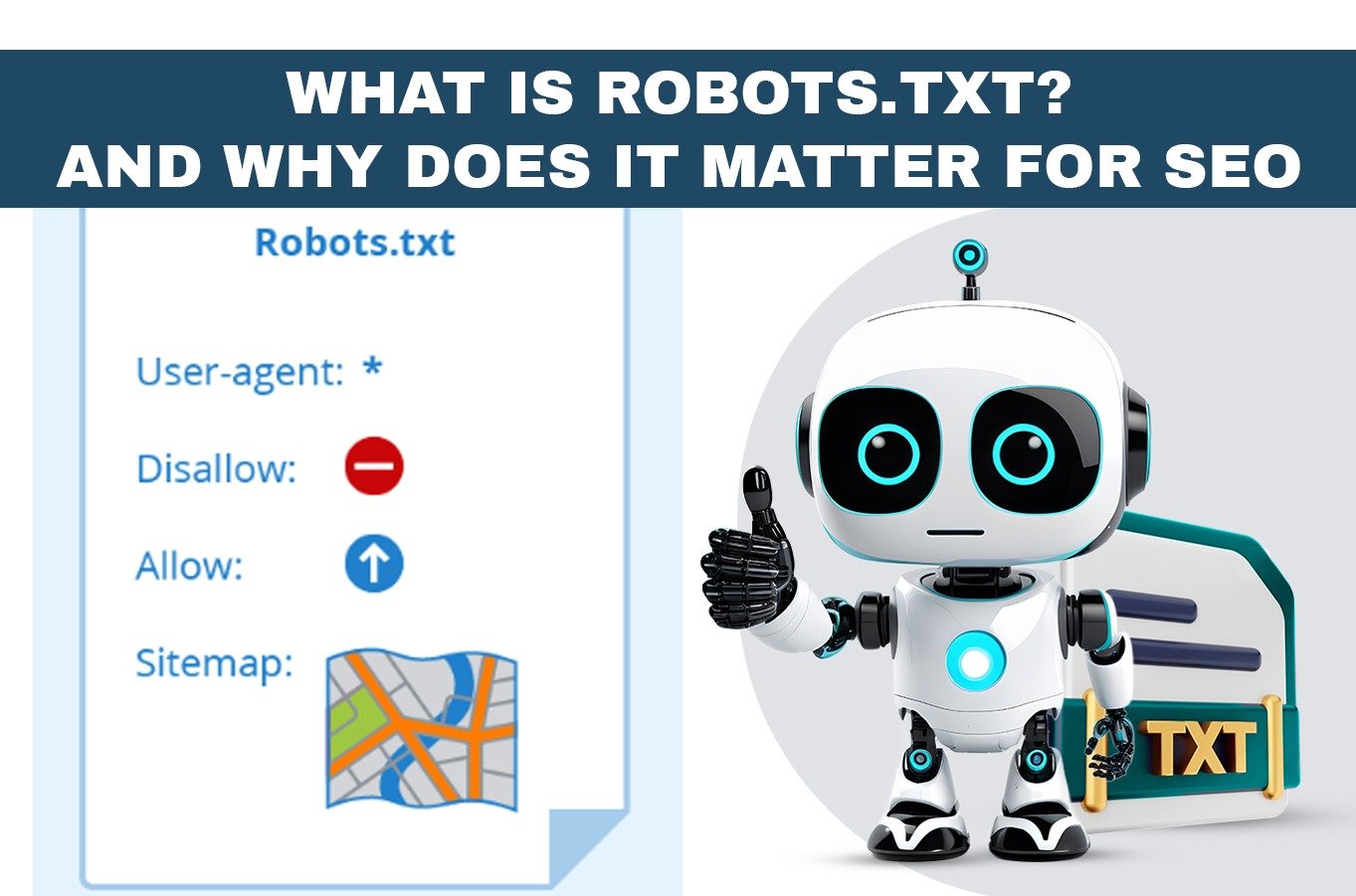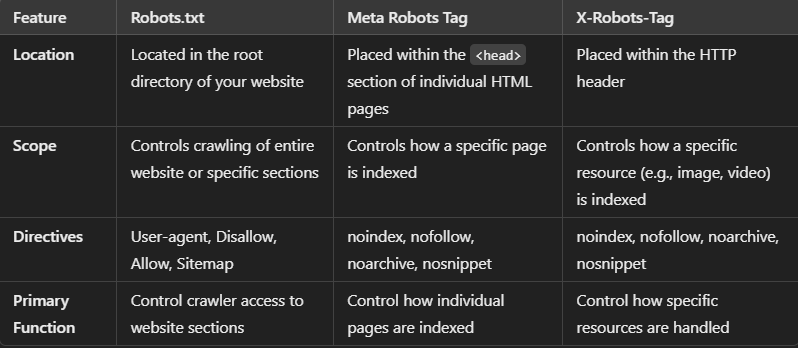
Robots.txt: The Technical Guide For Site Owners
Search engines in the form of Googlebot and many others continuously scour the internet for pages to assimilate information to deliver sensible results and relevant content to the user. Stands out in use is an important tool that guides search engines in all their efforts: the robots.txt. This text file is essentially a snooper that tells all the search engine crawlers what part of your website they can access and what part they should ignore.
What is robots.txt?
Put simply, robots.txt is a text file residing in the root directory, like URL/robots.txt, which offers instructions to search engine crawlers about what pages of your site should be indexed and what shouldn’t be indexed. It can be likened to a coaching manual on how to crawl the site, giving these instructions to either spam bots or legitimate search engines’ bots.
KEY TERMINOLOGIES:
Crawlers (or Bots): Automated programs that crawl the web, gathering up information about pages for later use on search engines’ results pages.
Indexing: The act of getting a web page into the database of a certain search engine; thus, it becomes available for showing when the proper search is executed.
Crawling: The process by which discovering the contents is retrieved from web pages.
- Importance of Robots.txt for SEO:
Crawl Budget Management: Crawling resources are always limited. When you block irrelevant or duplicate content through robots.txt, you guarantee that crawlers crawl and index only the pages that you consider to be the most important.
This optimizes crawl budget and ensures search engines’ focus on the pages that are truly relevant to your users. - Protecting Sensitive Information:
You can utilize roboots.txt to block the web crawlers from accessing the sensitive area of your website-this includes internal directories, administrative panels, or login pages. This way, you are protecting your website from unauthorized access. - Duplicate Content Issues:
With the help of robots.txt, you could prevent a search engine from indexing any pages that have duplicate content, such as the printer-friendly or mobile-enabled versions. This way, you will diminish confusion and ensure that only the relevant content is available for indexing. - Improving Site Performance:
Blocking unwanted files and directories can lighten your server and increase speed.
Locating a Robots.txt File
Just input into your browser the following URL to get the robots.txt file for the respective website:
Examples of Robots.txt Files
Basic Example:
User-agent: *
Disallow: /admin/
This simple example instructs all search engine crawlers not to crawl the /admin/ and /wp-admin/ directories.
More Complex Example:
User-agent: Googlebot
Disallow: /sitemap.xml
Disallow: /wp-includes/
Sitemap
This example:
* Blocks Googlebot from accessing the sitemap.xml file (as it’s already submitted to Google Search Console).
* Blocks Bingbot from accessing the /old_version/ directory.
* Provides a sitemap URL for Googlebot.
Explaining Robots.txt Syntax
User-agent: This directive specifies the search engine crawler that the following rules apply to.
* indicates that the rules apply to all crawlers.
Specific crawlers, particularly Googlebot, Bingbot, and Yahoo! Slurp, may also be specified.
Disallow points out that crawlers should not crawl a certain URL or directory.
For example: Disallow: /blog would forbid crawling robots to access all files and pages within the /blog directory.
Allow: This instructs crawlers to allow access to specific URLs or directories that might otherwise be disallowed.
Sitemap: This directive provides search engines with the URL of your sitemap file.
How to Create a Robots.txt file
One can create a new text file.
The name of the file should be “robots.txt”.
Important directives must be specified, controlling crawler access to your site.
You must save this robots.txt in the root directory of your web server.

Final Verdict:
The robots.txt file is one of the biggest tools in the box for an owner of a website and even an SEO expert. If designed properly, the robots.txt files will assist you in controlling the search engine crawlers away from your website, pinch some performance, and at the same time ensure that the important features on your site appear correctly in the user’s view for proper indexing.